Toolbox in Action
The toolbox in practice in the context of seven regeneration initiatives across Europe & Asia
Highlights
Aleksotas Kaunas
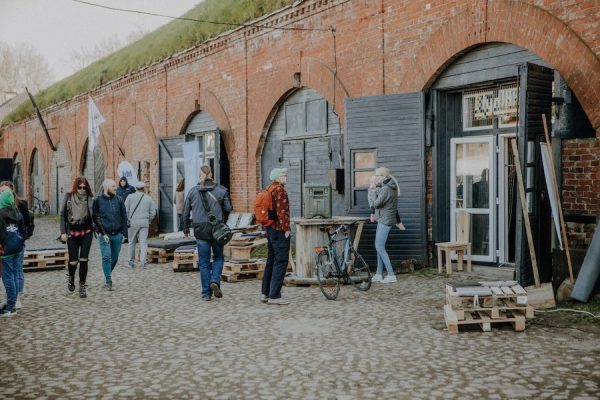
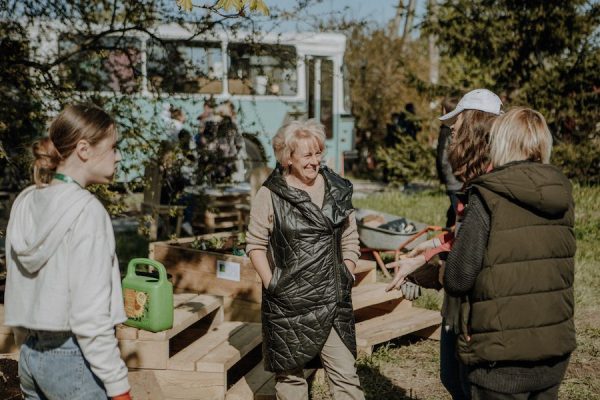
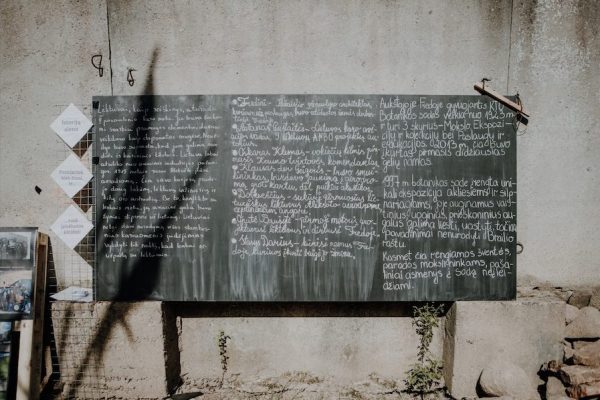
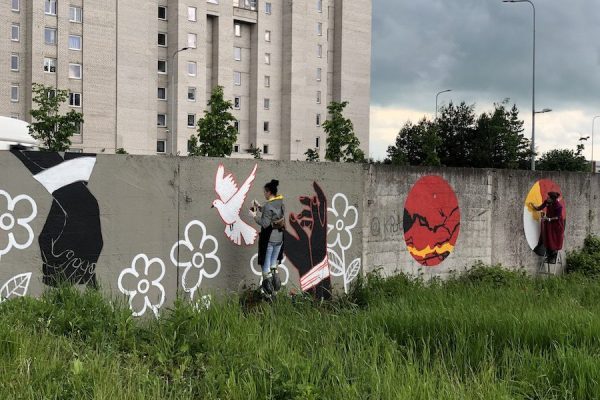
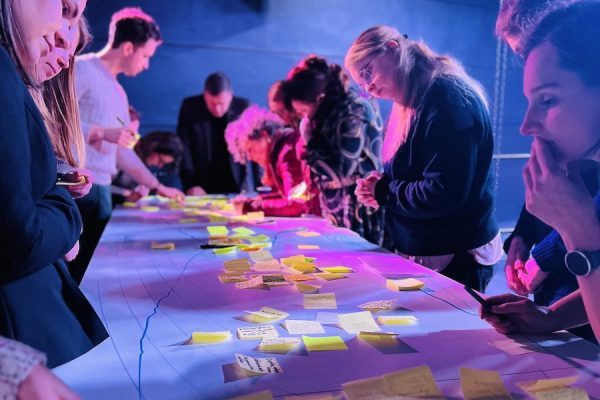
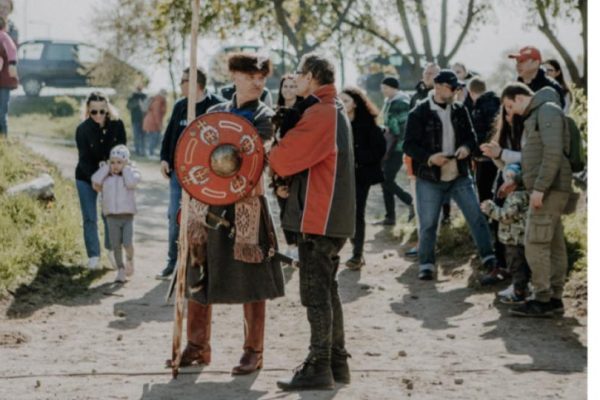
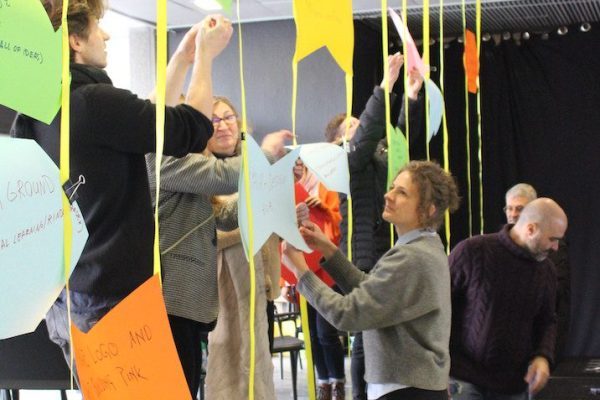
Extract of an interview with the team of Kaunas Technology University, November 2023.
Project understanding & support
‘At the beginning, understanding the project was a challenge. It was vast, with many documents, meetings and partners. The project’s enormity made it difficult to grasp its full scope and objectives initially. Over time, we realised the importance of integrating various aspects and perspectives to achieve our goals. There were concerns about the project’s sustainability post-completion. Would our efforts lead to long-lasting progress and mindset shifts, or would they fade away, leaving little impact? This uncertainty lingered, highlighting the need for tangible proof of the project’s effectiveness. We learned that support from the top is essential. Bottom-up initiatives are fragile without this backing, especially when aiming to create a legacy.‘
Community engagement & conflicts
‘Involving communities can be tricky here. Conversations arise when people fighting against a development. Either we are fighting for our rights, or we don’t speak at all. So, for us, for T-Factor, the question has been, what kind of value is the university creating in between all of those stakeholders, in mediating those different barriers. We want to be inclusive and engage with diverse stakeholders, but communities can be suspicious of us because we are working with the municipality and are part of the official regeneration. From that perspective, our role is very tricky. We need to gain confidence, but we are bringing our own methods and intervening in their field. T-Factor created the ground for different groups to interact, university, cultural operators, communities, businesses and industries, these people don’t normally talk together in the conventional way of doing things.
Navigating legal hurdles
‘One significant challenge we faced was navigating legal complexities related to the temporary use of land, stemming from its ownership by the Republic of Lithuania. This ownership status necessitated strict adherence to fairness principles, making it difficult to permit individuals or companies to use the land, even on a temporary basis. Initially, our pilot project seemed to be misunderstood by the municipality, prompting us to refine our expectations. By shifting our perspective, we were able to find common ground and align our objectives more closely with those of the municipal authorities. Although there were instances of old factories being repurposed into art galleries, the concepts of ‘temporary urbanism’ or ‘meanwhile use’ were not formally recognized. Therefore, we had to start by introducing these concepts from scratch. Remarkably, our efforts led to the inclusion of ‘Chapter 7’ in the government-confirmed development plan for the innovation park. This plan, set to guide development for the next 25 years, now incorporates provisions for temporary use thanks to our intervention. However, there remains uncertainty about whether these provisions will be actively utilized, which is always a risk in such pioneering initiatives.’
Stakeholder collaboration and mutual benefits
‘Our main struggle lies in finding a common language among all these stakeholders: the communities, arts and culture, businesses, and industries. We have struggled to find common language across community, culture, business and industries. But when we start talking, we suddenly discover that it’s something in common we can share all together and we could benefit from each other. Industry and business could benefit from Kaunas Fortress Park having the premises, the nature at their disposition. The APP could benefit from that. On the other side, Kaunas Fortress Park see the opportunity, but don’t know what to do. They know the social/natural value of their cultural heritage, but can’t see how it links to the new development. They feel threatened by this industrial neighbour coming in, and want to preserve and enhance their existing values, not have them diminished in any way. There is a bit of push and pull. Everyone who is involved is being stretched out of their comfort zone and their conventional ways of thinking.’
Translating theory into practice
‘The key challenges we have faced so far which have been crucial for delivering the pilot, first of all, we lacked tools for bringing theory to practice. It is natural that communities or organisations are very practical and for them, it is really hard to listen to strategic plans and missions, they want to act. So the question remains how to reduce T-Factor’s theoretical baggage, to extract the main, most important aspects, and simplify the methodology? And then the second one, it’s funding. These activities are an investment to the territory, to the innovative regeneration of the territory, should be appreciated as such.’
Temporary use and ‘sandboxes’
‘Introducing temporary urbanism to contexts unfamiliar with the concept requires patience and time. The process involves understanding the context, and then organic prototyping follows. Our latest initiative aims to present an activity model known as the “sandbox base.” We envision this model serving as a foundation for future projects associated with Kaunas Fortress Park. The challenge lies in understanding the model’s mechanics, its inherent value, potential revenue sources, and the role of partners. Kaunas Fortress territory, which neighbours the Kaunas site, currently follows a strict developmental approach. We foresee this area potentially serving as a buffer zone where new ideas and perspectives can be introduced and tested. One such initiative under the Kaunas Fortress Park banner is “Free Space.” The name, rooted in Lithuanian slang, is reminiscent of the freedom and space teenagers often seek. When thinking about a gathering or celebration, there’s always a need for a dedicated space to host a party. The idea of “space for a party” has a touch of irony, which we genuinely appreciate. This concept emerged from the realisation that not only is there the Kaunas Fortress Park territory adjacent to the IAPP, but there’s also a host of other infrastructural spaces throughout the city. However, despite launching initiatives to capitalise on this space, we’ve primarily remained at the conceptual stage. This is mainly due to our lack of expertise in strategic development and management. Yet, the potential is undeniable. Given the proximity of the Kaunas Fortress Park to the Industrial Park territory, we need to consider how we can maximise this free space and potentially generate revenue for the Kaunas Fortress Park.’
Transformative impact
‘Reflecting on the project, one of its most significant achievements is introducing a strategic approach to urban regeneration, specifically with ‘meanwhile uses’. In Lithuania, professionals in architectural and design fields are familiar with this concept, but it hasn’t been strategically implemented until now. This project has been an informative experience, not just for us but also for those we’ve engaged with. Our local activities have stirred the ground, initiating a ‘warming up’ phase that readies us for subsequent steps. The ability to access and collaborate with diverse partners and explore various cases has proven to be invaluable. Furthermore, gaining national media coverage has amplified our reach, potentially sowing the seeds for future resonance. It’s a transformative experience. We are not merely implementing activities; we are instigating a shift, a preparatory phase that could catalyse significant changes in the future. Although the project’s impact may not be immediately visible, it has laid the foundational stones. We have not only expanded our understanding but have also contributed to a broader, national dialogue. It’s a dance between learning and implementing, and in this dance, perspectives are broadened, grounds are shaken, and new possibilities emerge’.
Privacy Overview
| Cookie | Duration | Description |
|---|---|---|
| cookielawinfo-checkbox-analytics | 11 months | This cookie is set by GDPR Cookie Consent plugin. The cookie is used to store the user consent for the cookies in the category "Analytics". |
| cookielawinfo-checkbox-necessary | 11 months | This cookie is set by GDPR Cookie Consent plugin. The cookies is used to store the user consent for the cookies in the category "Necessary". |
| CookieLawInfoConsent | 1 year | Used to save user's preferences about the cookies. |
| PHPSESSID | session | Preserves user session state across page requests. |
| viewed_cookie_policy | 11 months | The cookie is set by the GDPR Cookie Consent plugin and is used to store whether or not user has consented to the use of cookies. It does not store any personal data. |
| Cookie | Duration | Description |
|---|---|---|
| _ga | 2 years | This cookie is set by Google Analytics. It is used to identify unique users and it expires after 2 years. |
| _gat | 1 minute | This cookie is set by Google Analytics. It is used to by Google Analytics to throttle request rate. |
| _gid | 24 hours | This cookie is set by Google Analytics. It is used to identify unique users and it expires after 24 hours. |